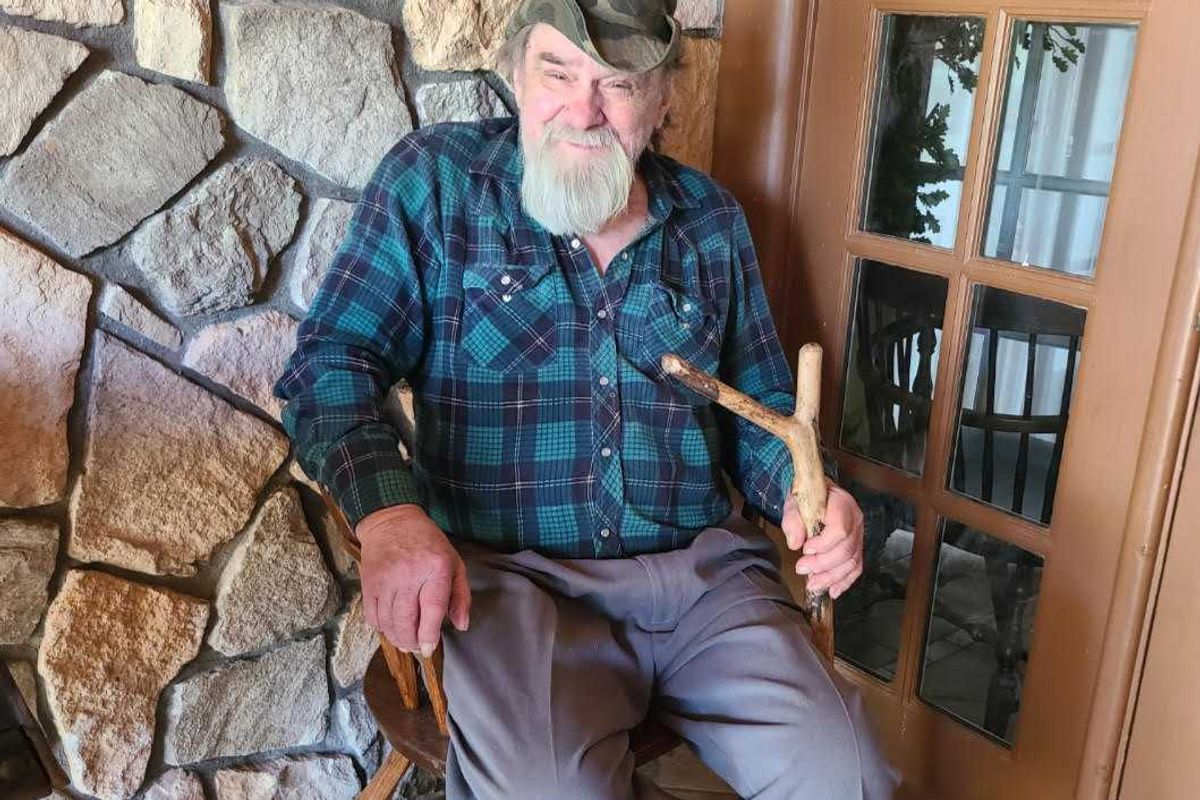The sun sets on McEnroe’s Farm Stand and Eatery

McEnroe Farm Market and Eatery at 5400 Route 22 is closed after 10 years of serving the public food, cider, produce and memories. The educational sector and the compost center will remain open and certain food items may be ordered, such as beef.
James Clark
















